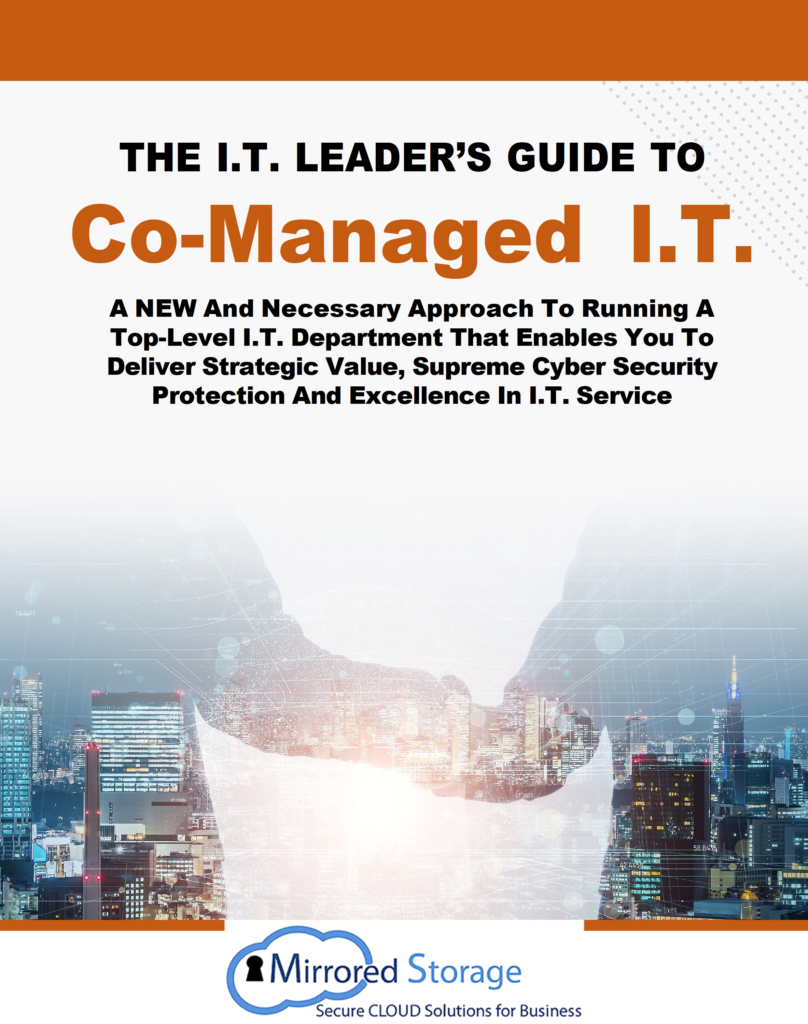windows 10 end-of-life coming soon
With Windows 10 reaching its end-of-life in October 2025, it’s decision time for businesses and individuals still relying on the operating system. The big question: Should you upgrade your current devices to Windows 11 or replace them entirely?
Here’s a step-by-step guide to help you make the right decision based on your needs, budget, and goals.
Step 1: Check Compatibility
Before making a decision, confirm whether your existing hardware meets Windows 11’s system requirements. Microsoft’s strict requirements ensure optimal performance and security. Here’s what you’ll need:
- A 64-bit processor (1 GHz or faster with at least 2 cores)
- 4 GB of RAM (8 GB or more recommended)
- 64 GB of storage
- TPM version 2.0 (Trusted Platform Module)
How to Check Compatibility:
- Use Microsoft’s PC Health Check tool for a quick assessment.
- Manually review your device specs if needed.
Outcome:
- Compatible: Proceed to evaluate your upgrade options.
- Not Compatible: It may be time to consider new hardware.
Step 2: Evaluate Your Devices’ Age
How old is your current hardware? Devices older than five years are often less efficient, and they may not support Windows 11’s requirements.
Why Replace Older Devices:
- Aging devices are likely nearing the end of their lifecycle.
- Upgrading components like RAM or storage might not deliver noticeable performance gains.
- Older hardware poses greater security risks due to outdated firmware.
Step 3: Assess Your Performance Needs
Ask yourself: Is your current hardware meeting your day-to-day demands?
Consider These Factors:
- Speed: Are slow devices dragging down productivity?
- Reliability: Are frequent crashes or malfunctions disrupting work?
- Scalability: Can your hardware handle future software updates and workloads?
When to Upgrade:
- If your devices perform well, upgrading to Windows 11 is likely a cost-effective option.
When to Replace:
- If your hardware struggles with performance or impacts productivity, replacing it could save time and money in the long run.
Step 4: Weigh the Costs
Your budget plays a key role in deciding whether to upgrade or replace your devices.
Upgrading Current Devices:
- Lower upfront cost (if your hardware is compatible).
- Potential additional costs for hardware upgrades, like adding RAM.
Replacing Devices:
- Higher upfront investment.
- Long-term value with newer hardware designed for Windows 11, offering better performance and security.
Step 5: Think About Future-Proofing
New devices come with advanced features that can help your business stay ahead:
- Enhanced Security: Hardware-based encryption and other modern protections.
- Faster Performance: Improved processing speeds and energy efficiency.
- Compatibility: Better support for modern applications and peripherals.
Investing in replacement devices now can prepare your business for growth and innovation, ensuring your systems remain efficient for years to come.
Pro Tip: Consult an IT Professional
Still unsure? Partner with an IT expert to simplify your decision-making process. An IT provider can:
- Evaluate your current setup.
- Recommend the best solution based on your specific needs.
- Ensure a smooth transition with minimal downtime.
Take the Next Step
Don’t wait until the October 2025 deadline to decide. Start planning your transition to Windows 11 today!
Schedule a FREE Network Assessment with our team to evaluate your systems, identify vulnerabilities, and get expert recommendations tailored to your business.
👉 Click here to book your FREE assessment now!
Be proactive. Whether you choose to upgrade or replace, ensuring your systems are ready for Windows 11 will help keep your business running smoothly and securely.


















